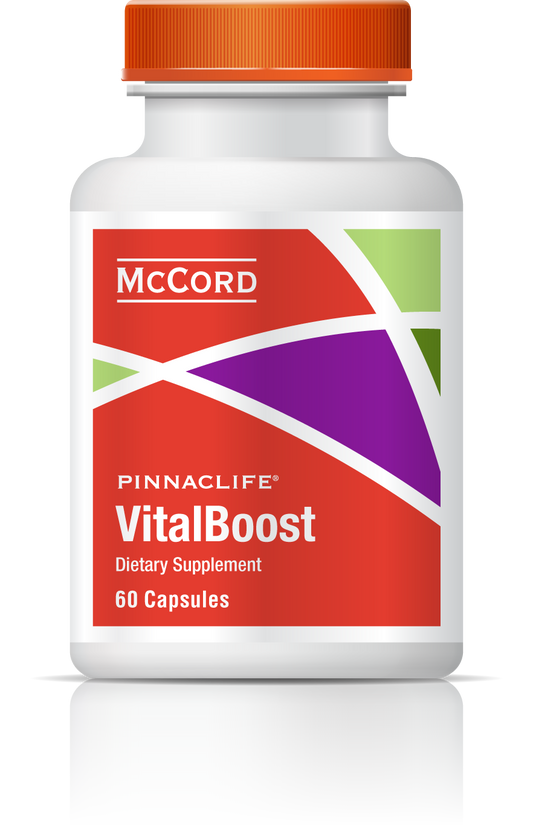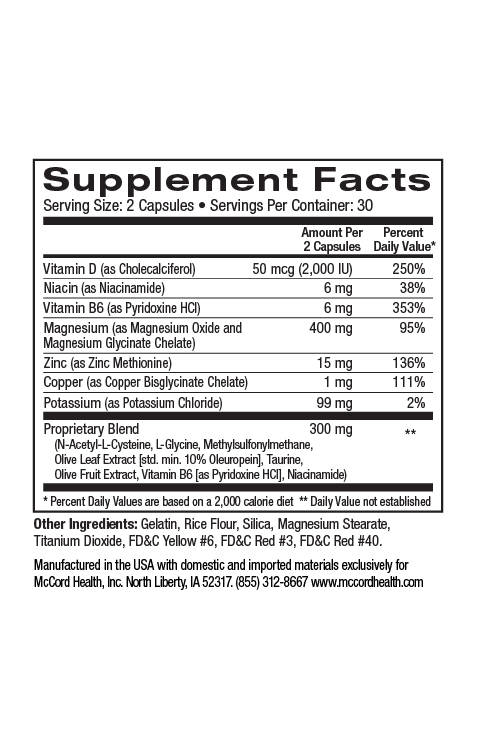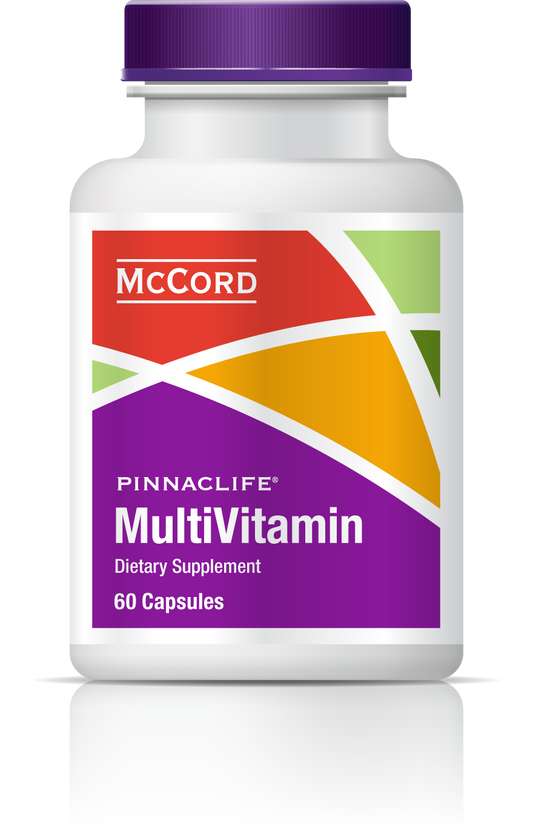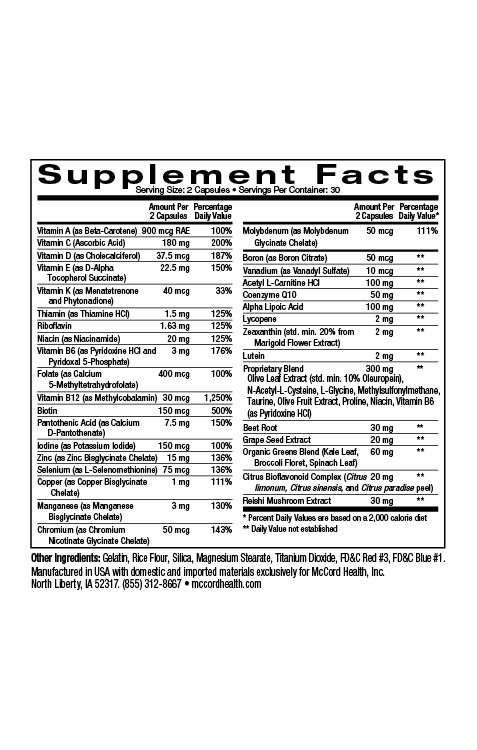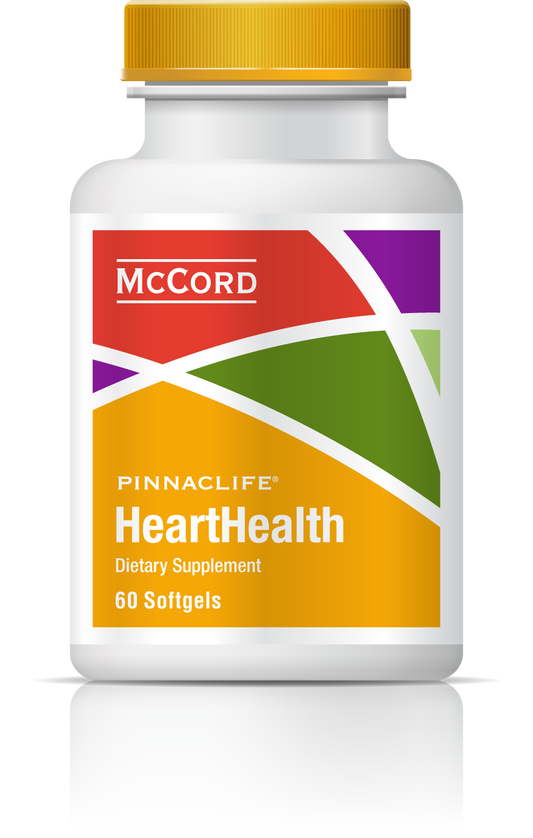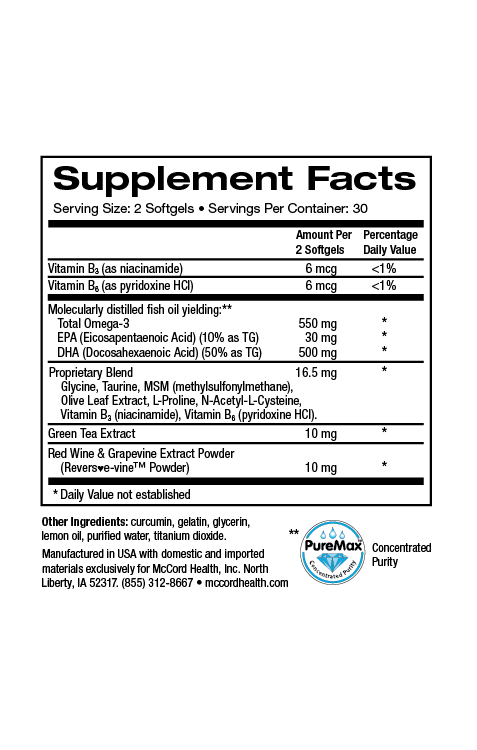Diabetes mellitus is a metabolic disorder associated with chronic inflammation that can lead to various health complications including foot ulcers. The most common form, type 2 diabetes, involves insulin resistance and decreased insulin production. Increased blood glucose or hyperglycemia is also common in diabetics. In addition, at least 30% of individuals with diabetes have some form of skin problem. Skin dryness, itching (pruritus), skin infection, and impaired wound healing are some of the common problems that can be associated with diabetes.
Dry skin is due to the fact that individuals with diabetes tend to have reduced skin hydration resulting from decreased skin lipids and a decreased ability to sweat. Elasticity may also be decreased partially due to reduced collagen in diabetic skin. An important ingredient from licorice found in Viniferamine® skin and wound care products, dipotassium glycyrrhizate, protects the vital skin glycan, hyaluronic acid that helps maintains skin hydration. In addition, the dimethicone in Viniferamine® Renewal Moisturizer, Silicone Barrier (an advanced 34% silicone cream), and Clean N Moist, protects skin and helps keep skin hydrated. Viniferamine® Silicone Barrier and Clean N Moist are found in the Viniferamine® Diabetes Foot Care Kit (along with a Diabetes Foot Care information booklet) specially designed to help diabetics take care of their skin and feet and avoid foot ulcers.
Hyperglycemia that frequently occurs with diabetes is reported to induce oxidative stress through multiple pathways. Oxidative stress results from the inability of cells to eliminate free radicals known as reactive oxygen species (ROS) using the natural defense system that includes defense enzymes such as superoxide dismutase (SOD). Vascular cells and endothelium are major sources of ROS during hyperglycemia even with mild glucose elevations. Manganese SOD expression in endothelial cells has been shown to protect against oxidative stress and accelerate wound healing.
Hyperglycemia as well as aging can lead to advanced glycation end products (AGEs), which are highly stable cross-linked complexes of protein and glucose. AGEs have been shown to induce collagen crosslinking leading to decreased elasticity in skin and blood vessels. Interactions between AGEs and their receptors are thought to produce oxidative stress. Many of the beneficial ingredients found in Viniferamine® skin and wound care products counteract oxidative stress including the important polyphenols oleuropein, resveratrol, and epigallocatechin-3-gallate (EGCG) from olives, grapes and green tea respectively, as well as melatonin, and L-glutathione.
Chronic inflammation and immune dysregulation that are typical in diabetes, increase the risk of persistent cell injury and infection, and result in decreased skin repair and skin defense functions. Chronic inflammation in individuals with diabetes also contributes to neuropathy and microvascular complications. Poor circulation decreases oxygen and other vital nutrient flow to skin tissues making diabetics more susceptible to skin damage, as well as contributing to impaired wound healing.
Viniferamine® skin and wound care products contain small molecule nutrients including antioxidants, amino acids and vitamins that can penetrate skin and provide vital nutrition to cells to help strengthen skin and increase cellular repair. Various ingredients found in the Viniferamine® skin and wound care products also possess anti-inflammatory activities including oleuropein, resveratrol, EGCG, melatonin, L-glutathione, and dipotassium glycyrrhizate.
Along with providing nutrition to skin, it’s important for diabetics to check the condition of their skin regularly, especially skin on their lower extremities and feet. The Viniferamine® Diabetes Foot Care Kit includes an important 16-page information booklet to help people with diabetes take care of their skin and feet. Helpful advice from healthcare professionals is contained in the booklet including the fact that individuals with diabetes should check their shoes regularly for foreign objects that could damage skin. Any skin damage should be monitored carefully and reported to members of their healthcare team. In addition, individuals with diabetes should be aware of the signs of infection including redness, warmth, and swelling, which should also be reported immediately to their healthcare team.
Diabetics often have endothelial dysfunction and decreased vasodilation that contributes to poor skin responses to heat such as heating pads, hot tubs and hot baths. Heating pads, hot tubs and hot baths are dangerous for diabetics and should be avoided due the lack of sensation often caused by neuropathy. Furthermore, hot water tends to increase skin dryness that can lead to skin damage. In addition, socks should be worn to help protect feet from injury. Diabetics, however, should avoid materials such as sheets or other bedding with high cotton content, which can wick moisture away from skin.
Decreased insulin production contributes to impaired wound healing in diabetics. Insulin was shown to be a critical growth factor for skin cells (keratinocytes), and was found to be important for keratinocyte proliferation, migration, and differentiation. Endothelial dysregulation that occurs with diabetes also contributes to impaired wound healing. Resveratrol and EGCG have been shown to inhibit endothelial dysfunction and enhance wound healing. In addition, reduced collagen makes diabetic skin more susceptible to injury and impairs wound healing. Titrated extract of Centella asiatica (TECA) found in Viniferamine® skin and wound care products stimulates collagen synthesis and enhances wound healing. Many other beneficial ingredients have also been shown to improve wound healing including oleuropein, resveratrol, EGCG, L-carnosine, and L-glutathione.
It’s good to know that the Viniferamine® Diabetes Foot Care Kit can help diabetics take care of their skin and feet to help them avoid foot ulcers. Viniferamine® skin and wound care products enhance diabetic skin hydration, as well as help decrease inflammation and oxidative stress associated with diabetes. In addition, many of the ingredients in the Viniferamine® skin and wound care products promote cellular repair to help prevent and heal wounds.
About the author: Nancy Ray, PhD is the Science Officer at McCord Research. Dr. Ray received her PhD in Biochemistry and Biophysics and was a postdoctoral fellow at NIH, Harvard University and Dana-Farber Cancer Institute, and the University of Iowa. She also earned bachelor of science degrees in Chemistry and Microbiology.
References
- Exp Dermatol 2011; 20: 969-974.
- Br J Dermatol 2005; 153: 319-323.
- J Eur Acad Dermatol Venereol 2009; 23: 146-149.
- Diabetes Metab Res Rev 2006; 22: 257-273.
- J Clin Invest 2010; 120: 4207-4219.
- Diabetes Metab Res Rev 2015; 31: 127-137.
- Int J Mol Sci 2014; 11: 92-102.
- Oxid Med Cell Longev 2012; ID 560682: 1-8.
- Ann Plast Surg 2007; 58: 449-455.
- PLOS One 2015; 10: e0115341 1-18.
- Exp Dermatol 2008; 17: 713-730.
- J Diabetes Sci Technol 2011; 5: 657-667.
- Diabetes Vasc Dis Res 2014; 11: 92-102.
- J Pineal Res 2013; 55: 325-356.
- Int J Gen Med 2011; 4: 105-113.
- Evid Based Complement Altern Med 2012; ID 650514: 1-9.
- Diabetes Vasc Dis Res 2015; 12: 208-216.
- Am J Physiol Endocrinol Metab 2013: 305: E1444-E1451.
- Phytother Res 1999; 13: 50-54.
- Cell J 2014; 16: 25-30.
- ISRN Endicronol 2014; ID 816307: 1-8.
- J Am Acad Dermatol 2005; 52: 1049-1059.
- J Pineal Res 2008; 44: 387-396.
- Surgery 1986; 100: 815-821.
- Ann Plast Surg 2007; 58: 449-455.
Disclaimer: These statements have not been reviewed by the FDA. The decision to use these products should be discussed with a trusted healthcare provider. The authors and the publisher of this work have made every effort to use sources believed to be reliable to provide information that is accurate and compatible with the standards generally accepted at the time of publication. The authors and the publisher shall not be liable for any special, consequential, or exemplary damages resulting, in whole or in part, from the readers’ use of, or reliance on, the information contained in this article. The publisher has no responsibility for the persistence or accuracy of URLs for external or third party Internet websites referred to in this publication and does not guarantee that any content on such websites is, or will remain, accurate or appropriate.
